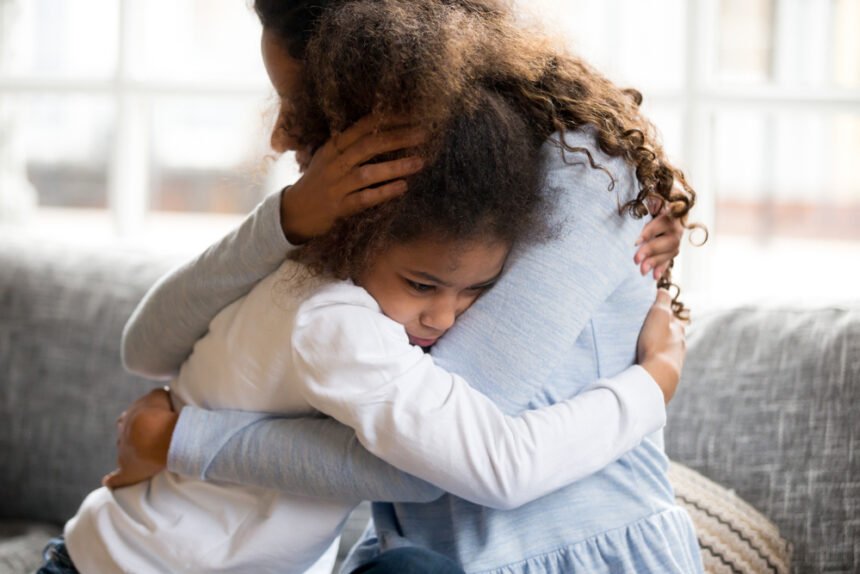The stress and unfamiliarity of the changes brought on by COVID-19 have affected almost everyone, but for kids, everything they knew as “normal” has been flipped on its head, and treating the anxiety that comes with the novelty of home schooling and being stuck inside is very important. Though not all children have had direct contact with someone who has suffered from contracting the coronavirus, almost all have at least been subjected to the fear of uncertainty that is all around them in the news, social media, and even with peer word of mouth.
For many, these changes and the accompanying anxiety have caused legitimate trauma, and another downfall of homeschooling is a difficulty in acquiring school counseling services for grief and trauma. If your child, or a child you have frequent contact with is experiencing grief and is unable to talk to someone at school because there is no school, you may have to step in and help them cope. Here are five grief counselling techniques you can use with the youngsters in your life who need some extra guidance navigating the stress that came with the “new normal.”
Lay it Out
The first step in dealing with grief is understanding that it’s natural, and depicting a clear path to feeling better. One recommended way of illustrating this journey is to create a little 2D or 3D maze with the starting point being the current situation, and the end point being feelings of relief. This shows the kids that their paths to healing will not be direct, but with effort and expectations of setbacks, the end goal of feeling better is easier to reach than they may think.
Match Game
This exercise is used by professionals to illustrate good choices when dealing with grief. Many children (and some adults, for that matter) point the finger of blame in the wrong direction when it comes to dealing with their grief. In this exercise, creating small cards with different options of dealing with feelings can help both you, as the parent, understand what your child’s natural response to grief is, and also allows the child to learn that the choices they make might actually hurt them or others, so they should consider making different choices that don’t particularly fit they way they feel. An example would be one card that reads “I am angry” and three cards that read “Stay in my room and deal with it,” “Yell and scream,” and “talk about our feelings with someone we love.”
Memory Box
If your child has lost a loved one due to COVID, or anything else, sadness is simply unavoidable. Creating a memory box of drawings and other creations that remind your child of all the good things about their lost loved one can help push the sadness aside and focus on a more “celebration of life” attitude as they overcome their own sadness.
Get ‘Write’
Whether dealing with a death, or just the trauma related to the coronavirus, helping a child really spell out their feelings in a letter is both educational and therapeutic. Writing a letter to a deceased loved one is a good route to take, but also writing a letter to his or her self is a really good way for you to get a little more insight on what they are feeling, too.
Find Ways to See Family
If your child is grieving a first loss, loneliness can be a very unfamiliar feeling. If able to organize a Zoom gathering of family so your child can see all the people he or she loves, it can help be a catalyst for the “this too shall pass” mindset. As a bonus, your family will most likely enjoy it, too!

